At the helm with designer Guido de Groot
Four screens or three, wheel or joystick, integrated into a binnacle or a free-standing element? The choices involved in wheelhouses, bridges, helm stations, or however you call the space from where a yacht is steered have certainly grown over the years. And that’s before we start talking about technology and styles. Involved in the design of many Van der Valks over the past decade, Guido de Groot is ideally placed to talk us through an evolution that is also captured in this article.
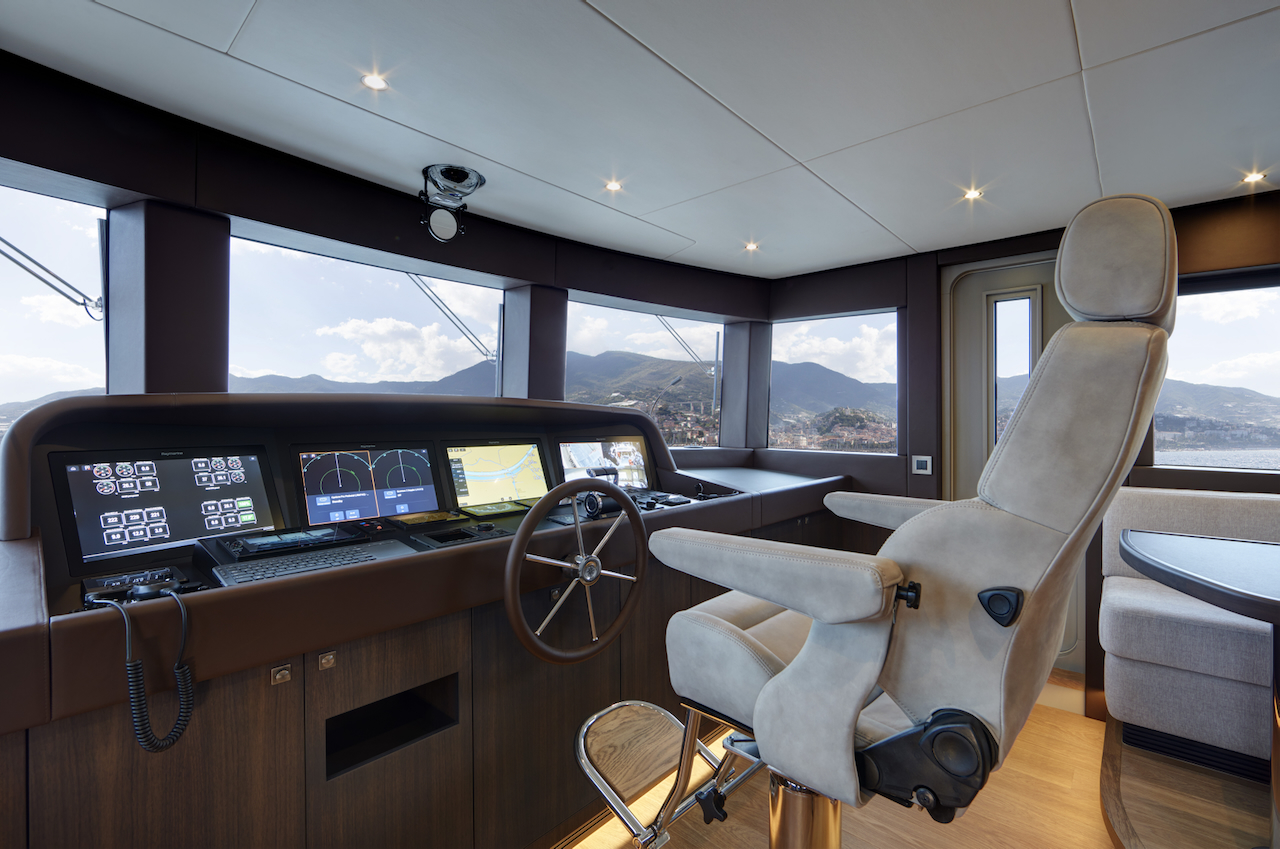
As Van der Valk has developed from a yard building semi-custom yachts to fully bespoke superyachts, we as designers have been working closely with clients to fashion many different aspects of these increasingly sophisticated projects. Most of the time today we start with the interior concept then design the rest of a yacht around it, with the role of the ‘wheelhouse’ area and its functions having a major role.
The bridge, especially elements such as the dashboard, is often a genuinely cool design feature in its own right. In some cases, they become part of the main saloon and need to combine functionality with being an integrated part of the overall design. Enormous efforts are made to avoid simply placing a dashboard neatly into the relaxation space. The helm station becomes an integral part of the whole design with all the technical prowess required while also being an attractive aesthetic part of the big picture.
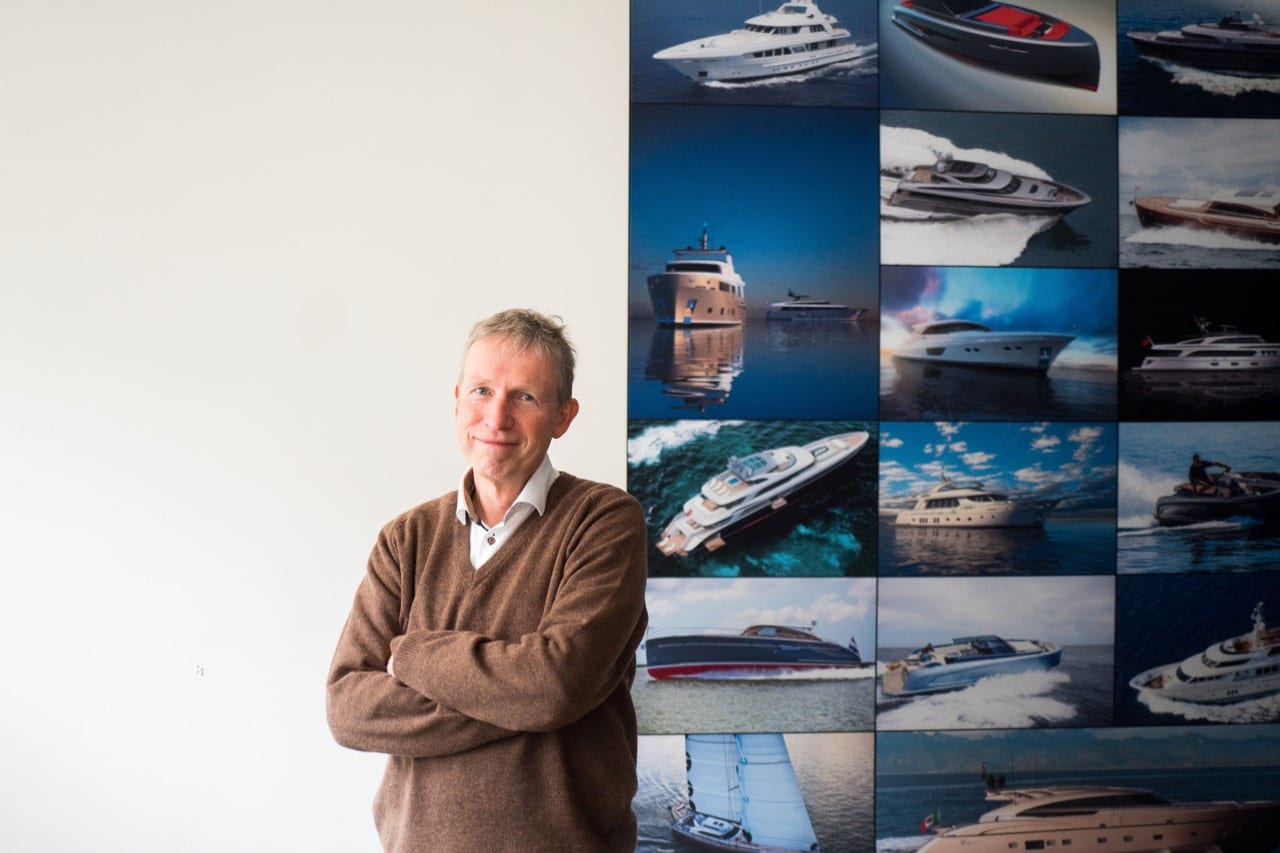
Smooth flows
There are too many superb examples to mention them all here but one of my favourites is the 23-metre Gyrfalcon, launched in 2016 as Grey Falcon. She typifies the challenges involved and it was great fun to create a smooth flowing transition between the various components. The dinette to starboard centres on a table in high-gloss lacquered Palisander hardwood and the theme continues in the dashboard to port and the adjacent galley.
Hats off to the craftsmen and engineers at the yard who beautifully translated the original design into reality. Integrating lots of elements at the same time requires real skill and foresight; from staircases descending to the lower deck to high-end kitchen equipment, everything has to be seamlessly incorporated with the screens and storage spaces. The accompanying photos illustrate how there is no clear distinction between the helm station and other aspects so they do not feel like separate items.
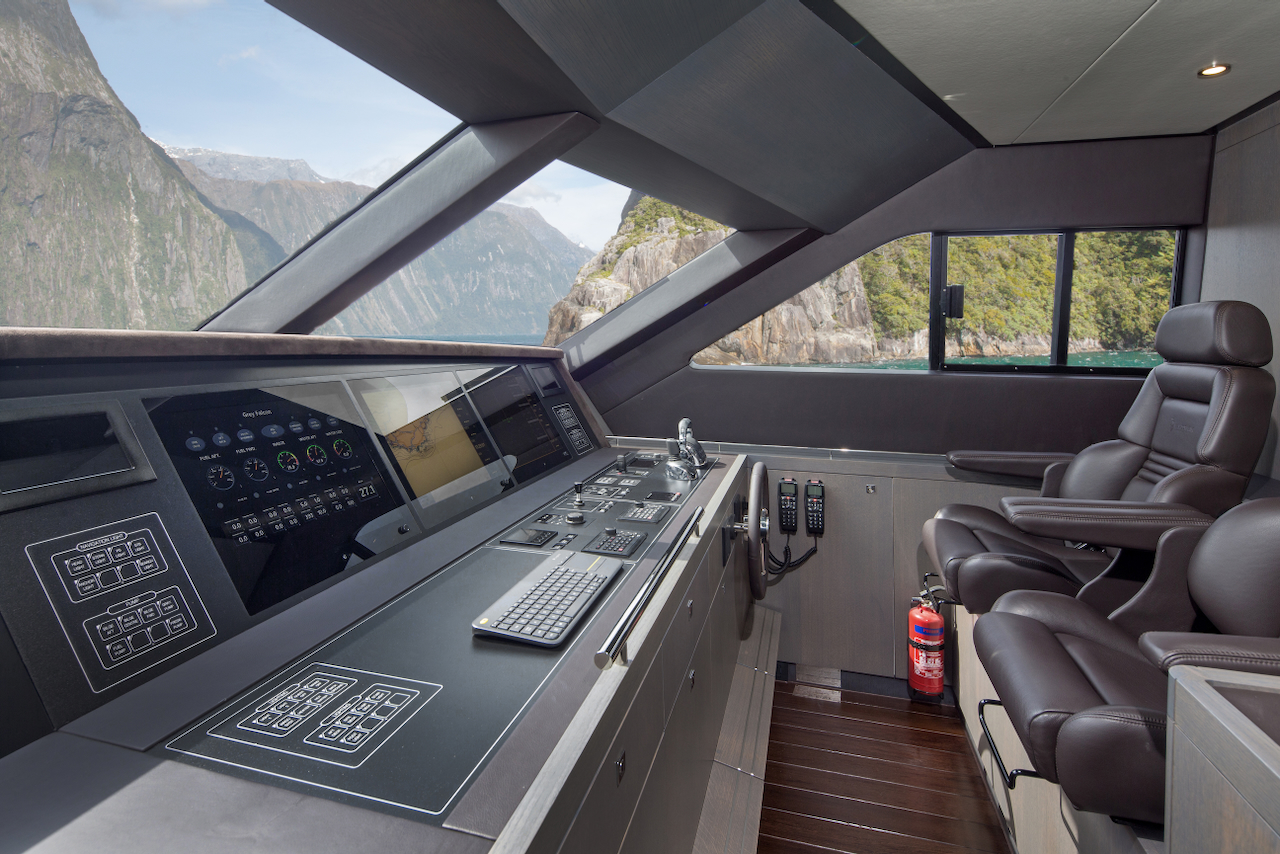
Spectacular structures
As the design team it is always essential that we take into account from the get-go the visible impact on the main lounge of a dashboard. That doesn’t mean minimisation…On the contrary, comprehensive setup is required as lots of clients like to have three or four screens to work with, making Raised pilothouse boats like Nicostasia have stunning looking dashboards, with impressive connections between the open galley and pilothouse. The bridge area on Jangada 2 is an integrated part of an overall design that includes a spectacular open staircase. Here as elsewhere we spent countless hours optimising the ergonomics of using the dashboard.
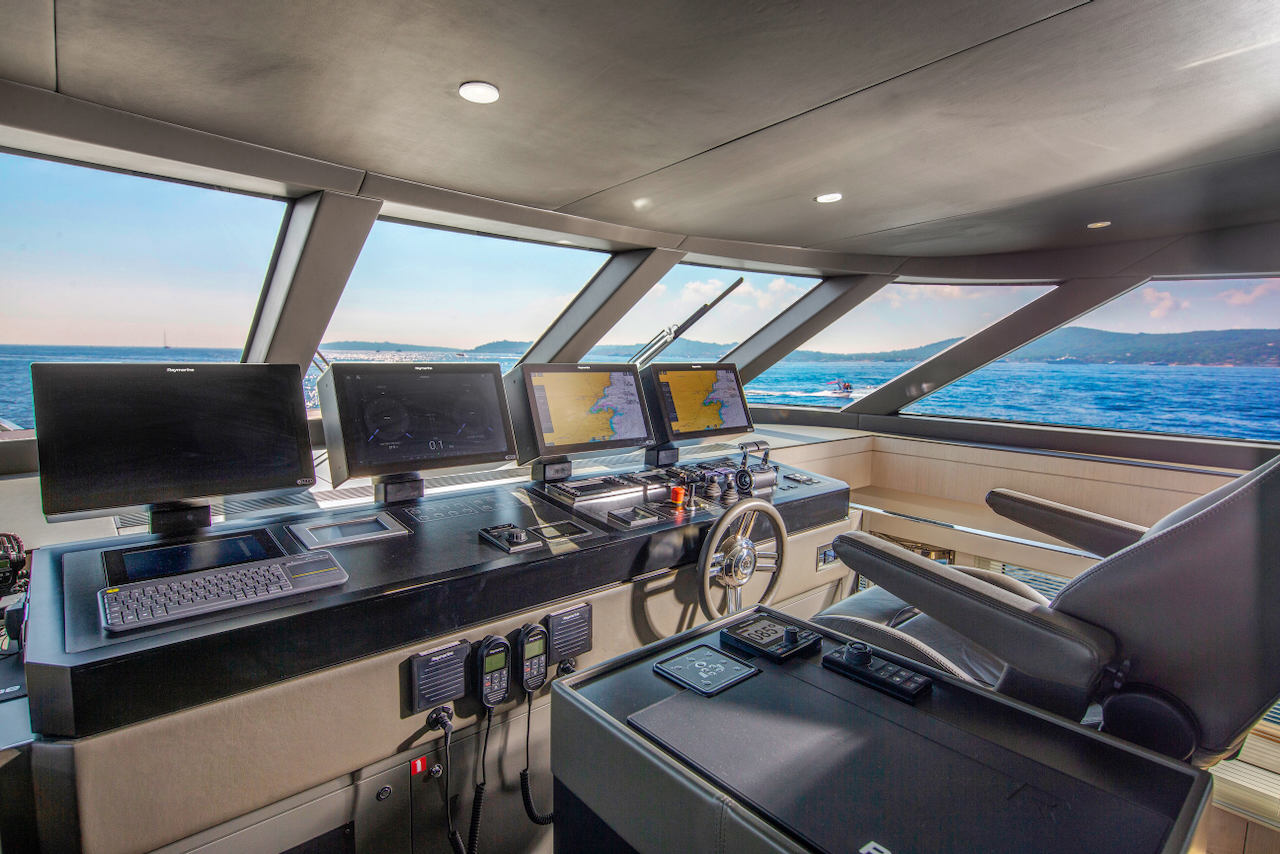
Next level
These achievements throughout the 2010s played a key role in Van der Valk’s journey into becoming a leader in the customisation of yachts between 25 and 45 metres. As clients drive the shift to ever-more bespoke superyachts, each project has its own requirements and bridges are less likely to be part of the saloon. But that, of course, does not lessen the demands on the design team, with clients adding many additional complexities and personal preferences to their briefings.
Modern wheelhouses are often places where owners like to spend time and, on occasions, even steer their yacht. There is a greater demand for sofas where they and their guests can sit and watch the world sail by, requiring careful seating arrangements with good visibility and sightlines. Styling and upholstery are critical elements and it is good that there are so many options currently for helm seats on luxury yachts. Some owners opt to make the wheelhouse very much the captain’s sole domain. Either way we have to ensure the captain’s working area is of a suitably high quality and practicality.
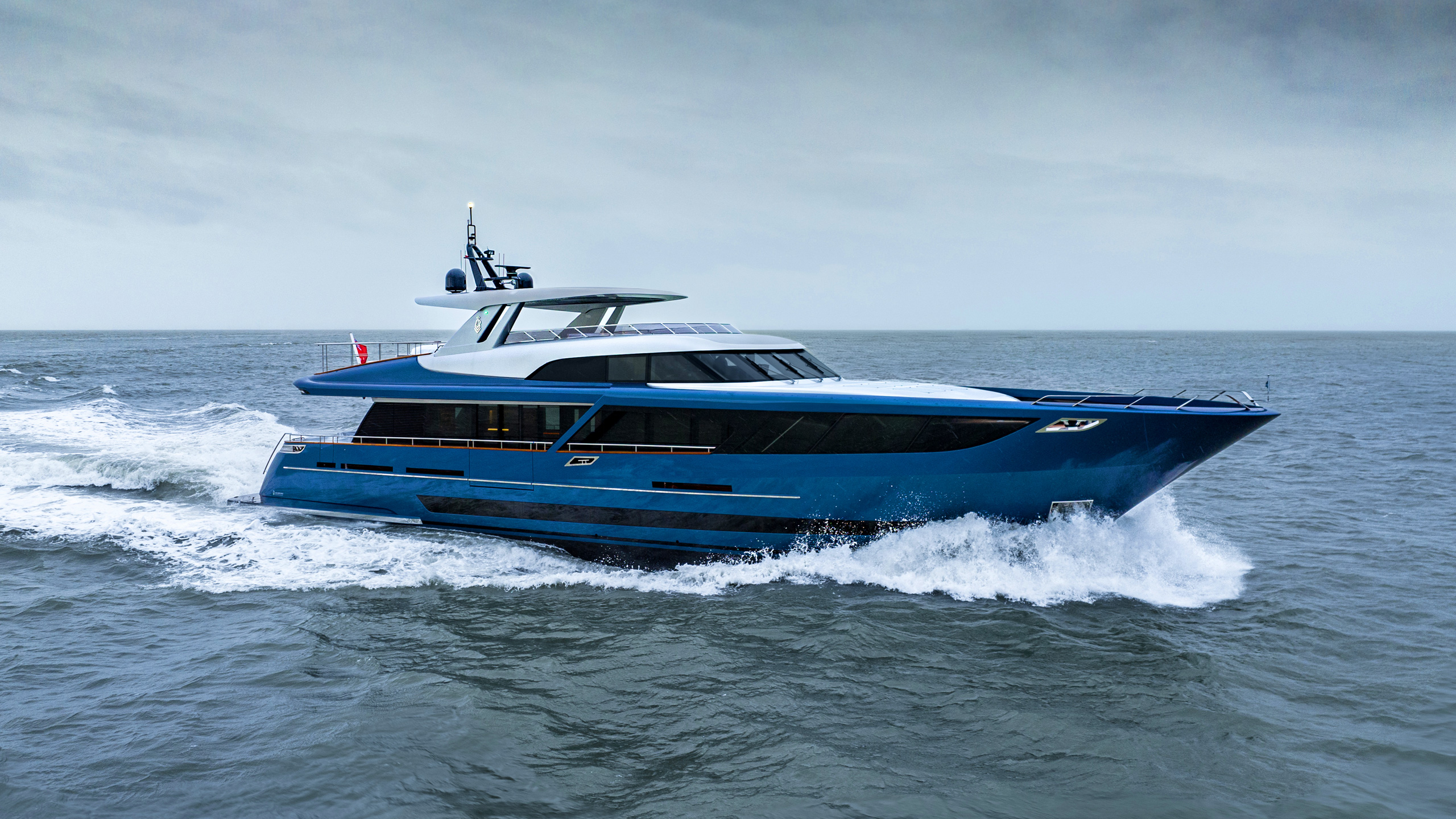
Solving puzzles
I thoroughly enjoy devising these wheelhouses as there are so many issues to consider in terms of physical, cognitive and organisational ergonomics, including finding ways to optimise the surrounding spaces. On Blue Jeans, for instance, the raised pilothouse flows seamlessly into the galley and we used all the room underneath the dashboard for galley equipment.
It is a real-life jigsaw puzzles to merge a wheelhouse with the rest of a superyacht while also creating all the technical areas which are connected to the bridge equipment. This includes all the gear, cabling and wiring that you don’t want to see and yet has to remain accessible. Close cooperation with a yard you can trust is essential in making the shift from drawings to actuality.
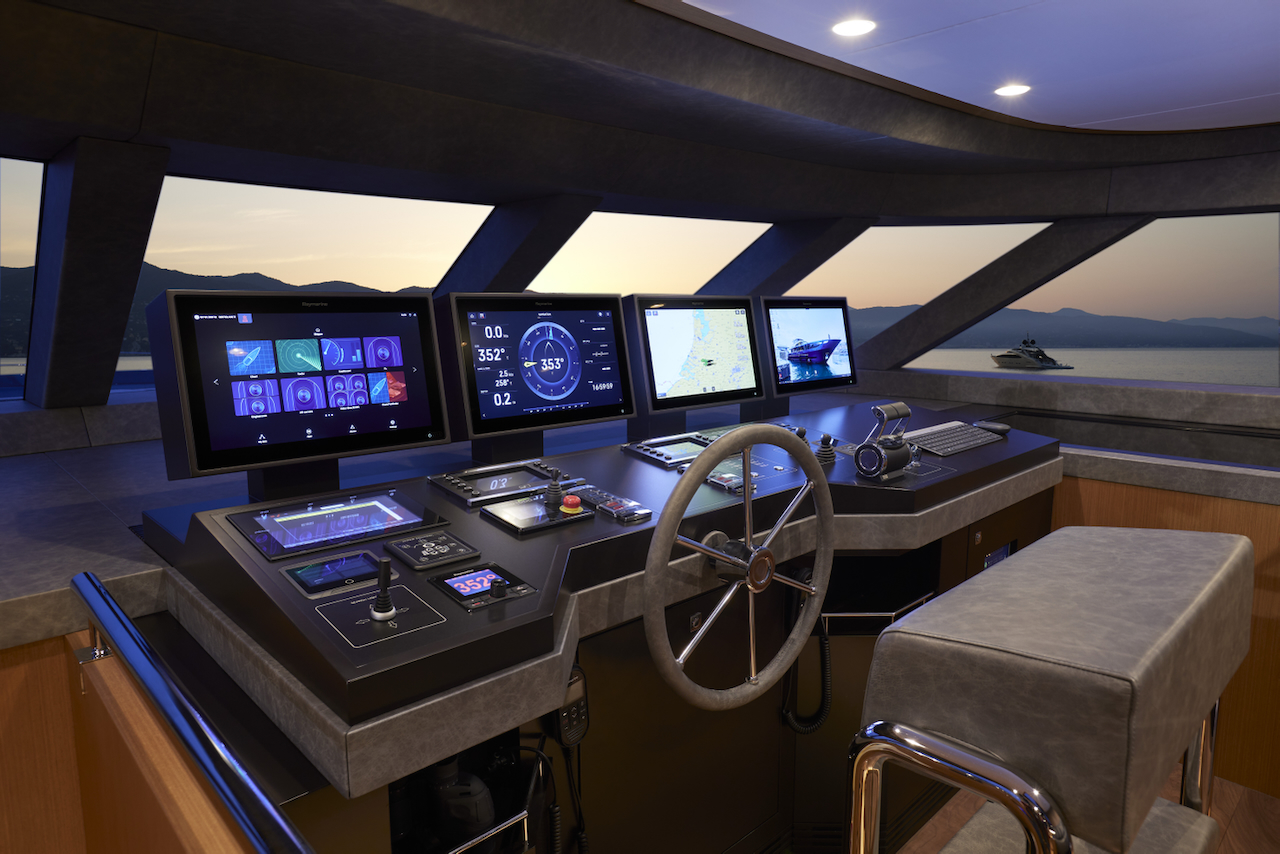
Space age
What does the future hold? Dashboards are becoming more space age with even larger screens, while the advent of joysticks is clearly allowing for even greater creativity with aesthetics. Clients rightly expect designers and yachtbuilders to be up to date with the stream of new technologies and equipment while still ensuring that the layout works well.
It’s all very well having glass bridges with everything tucked away flush, for example, but experience shows us that in urgent situations captains want to be able to feel a button. Everything must operate to perfection in an emergency and safety always has priority over clean design. We emphasise the need to find the right blend, preferably with involvement from captains so that they feel fully confident.
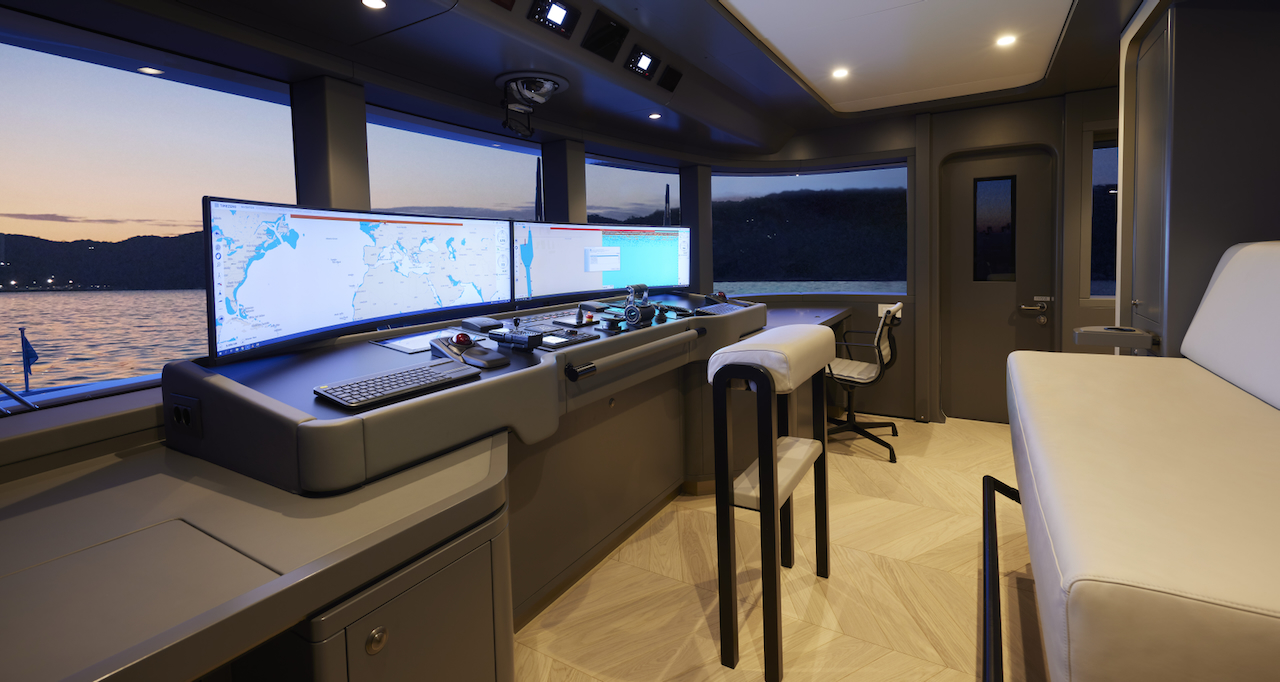
Fold-away
Talking of blending, it’s fitting perhaps to conclude with one of the very latest new orders at Van der Valk. The repeat-client owners of the 36-metre Jangada 3 are not opting for a completely separate wheelhouse, preferring the same integrated approach as on their two previous Van der Valk builds. This time round, however, the dashboard will have screens which can be folded away when the helm is not in use. With no obstruction of views when the yacht is at anchor, the lounge and dining area will become just that. I am very much looking forward to seeing the results…